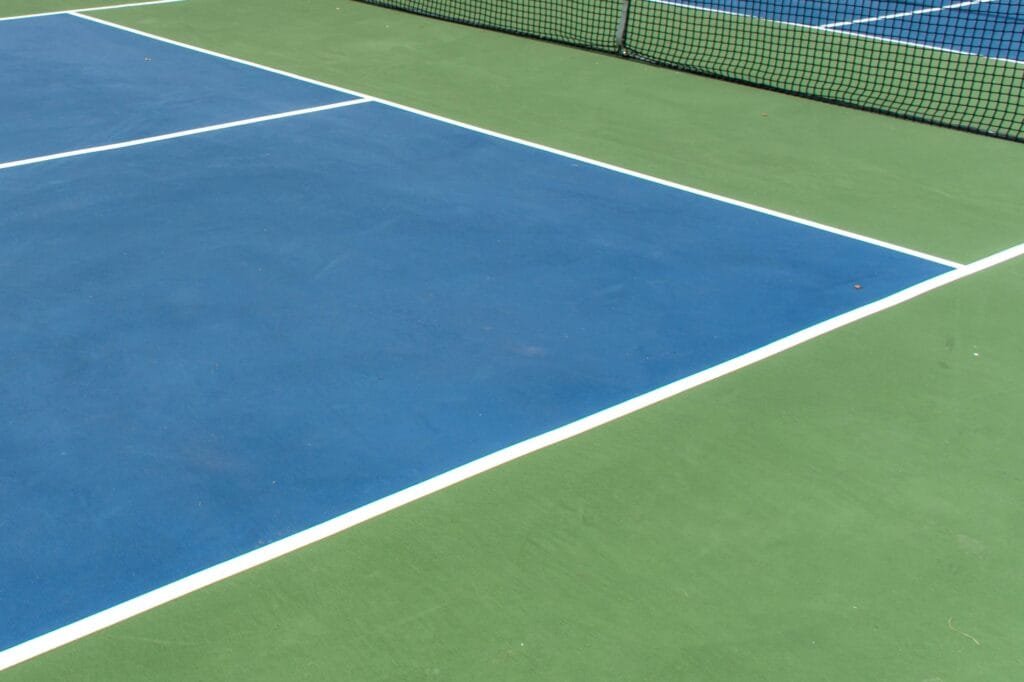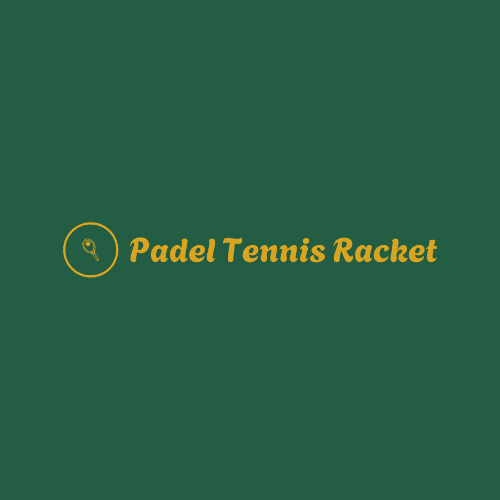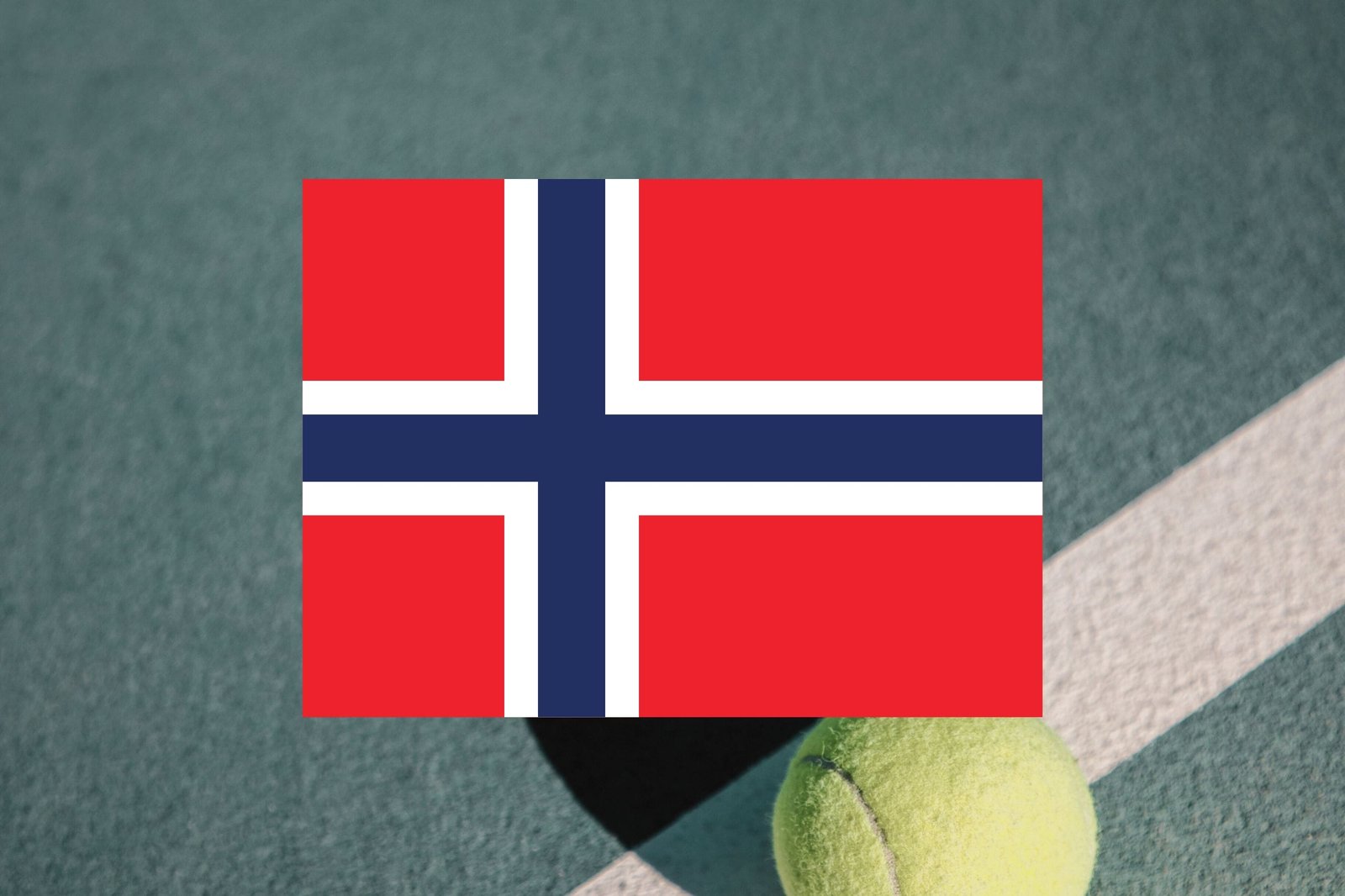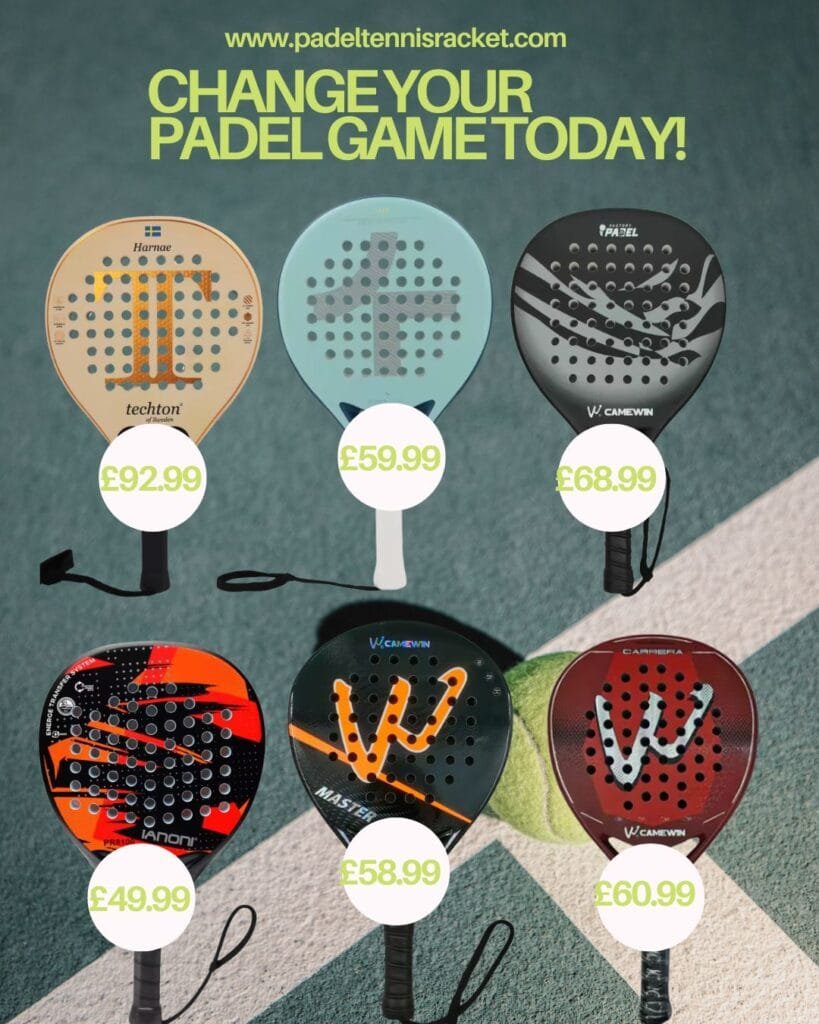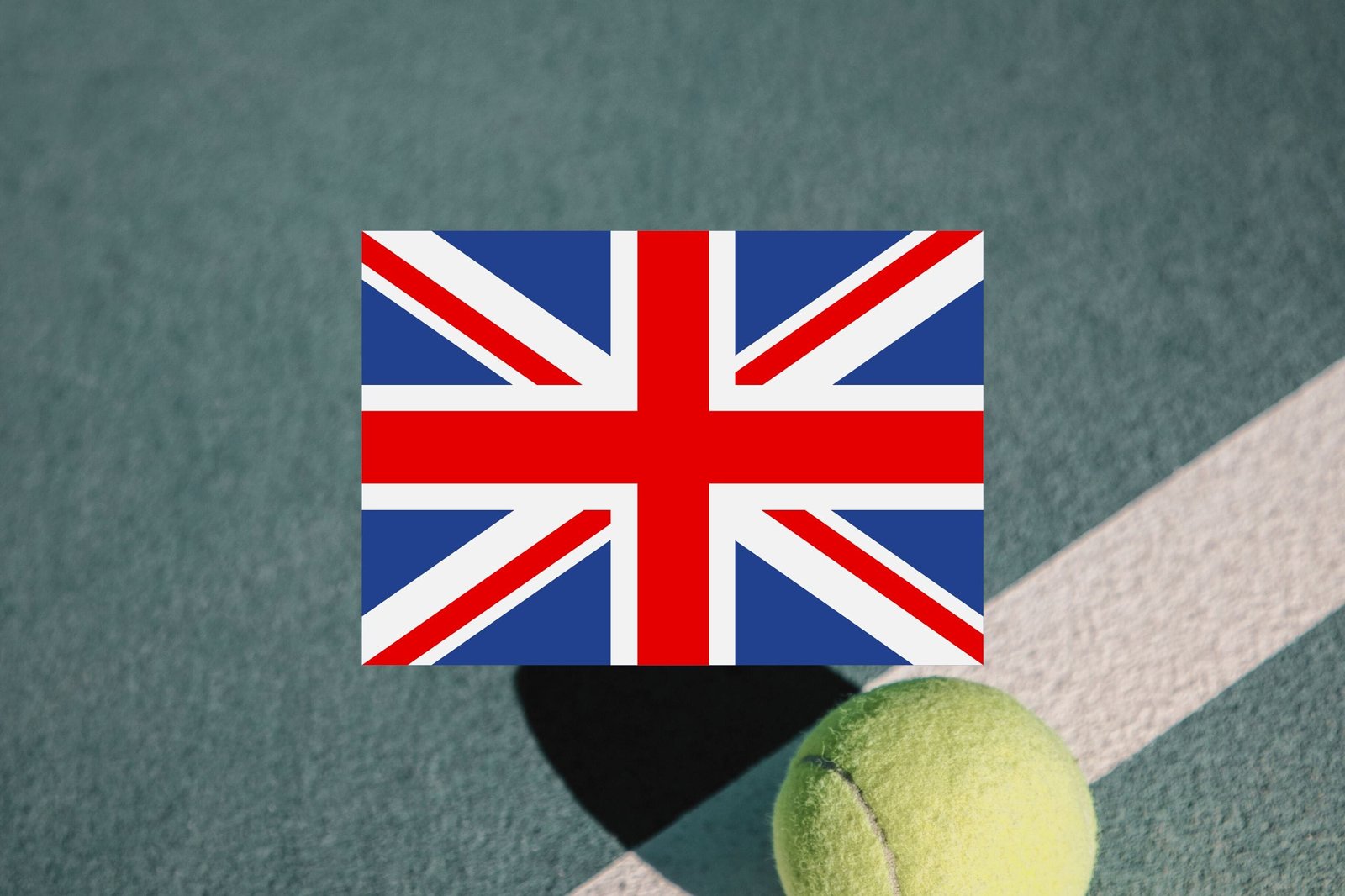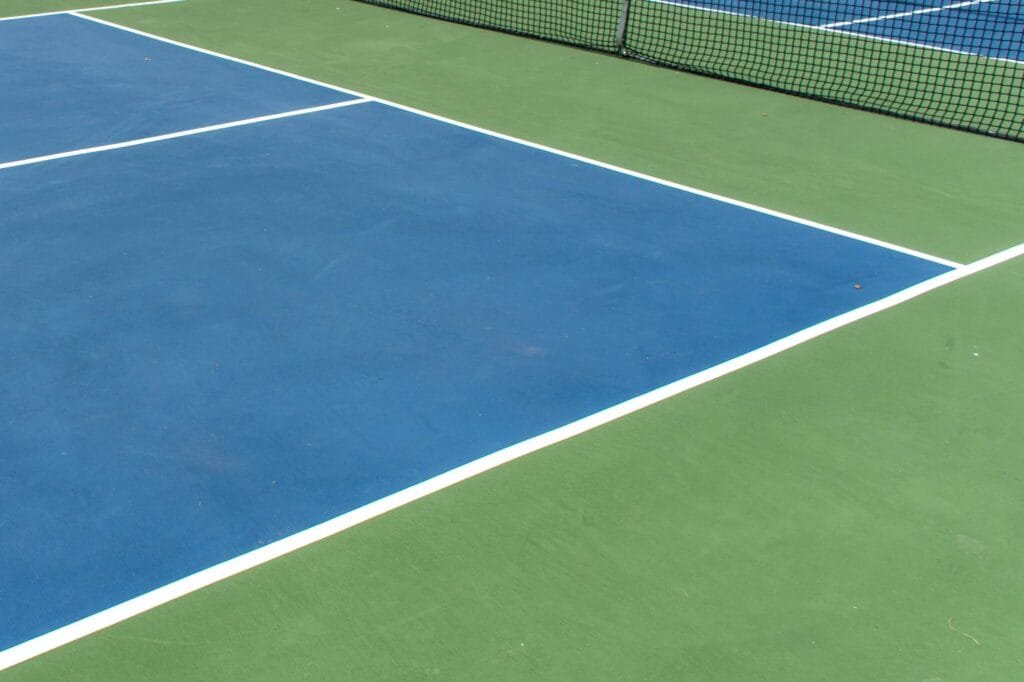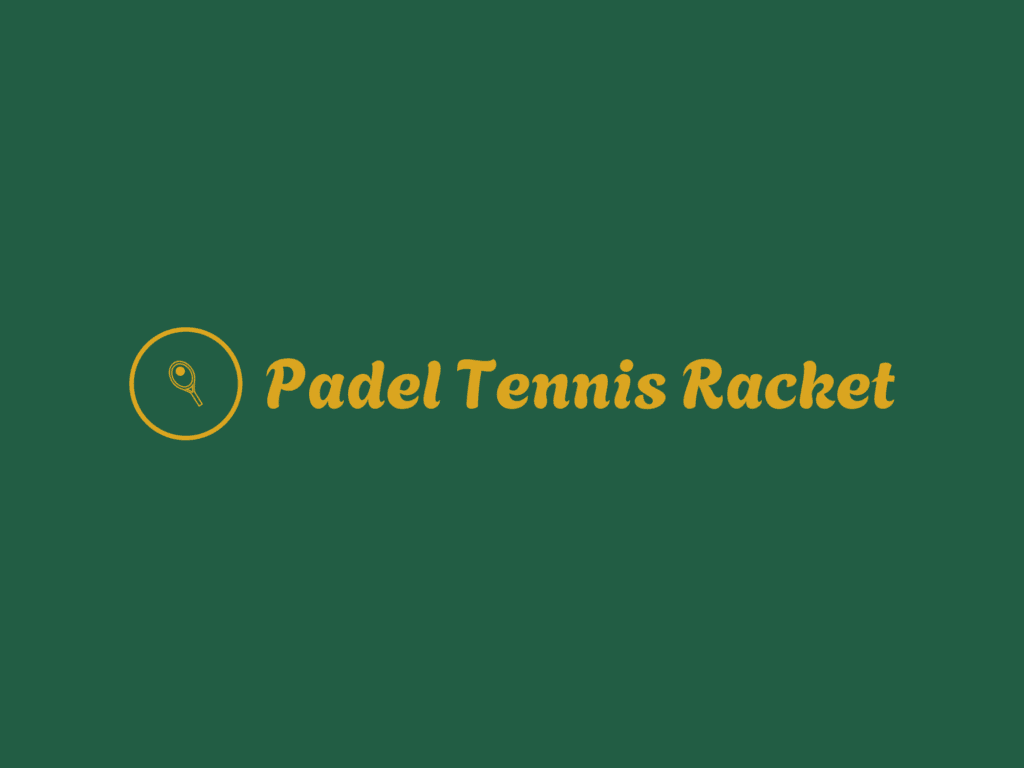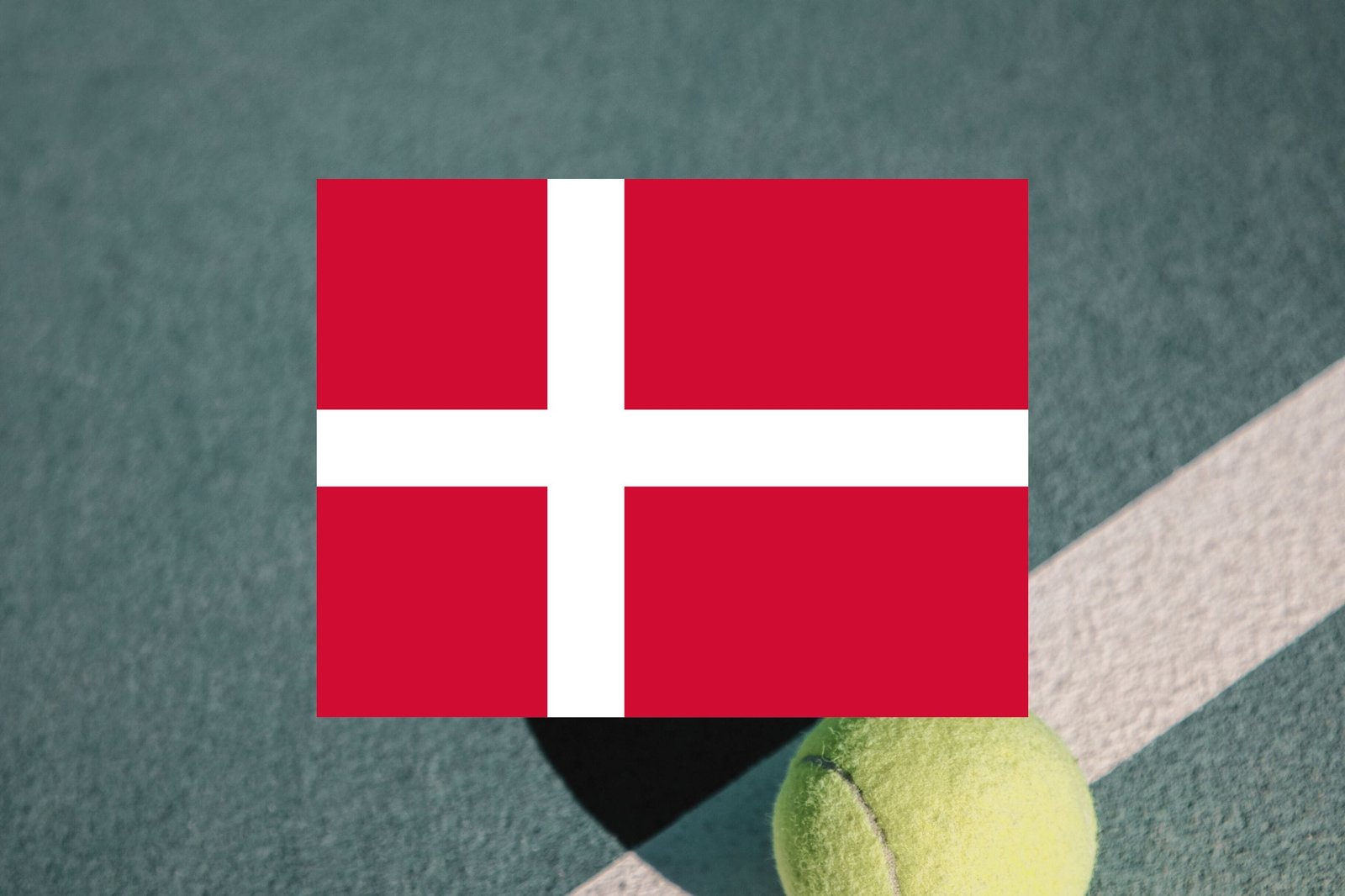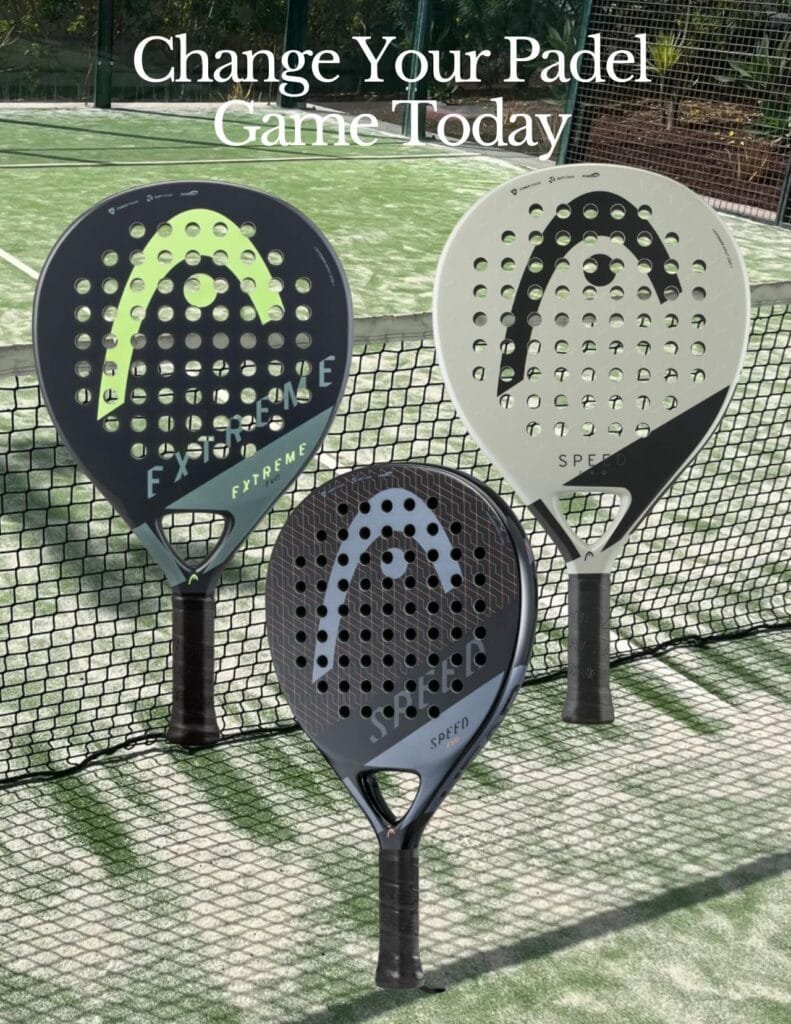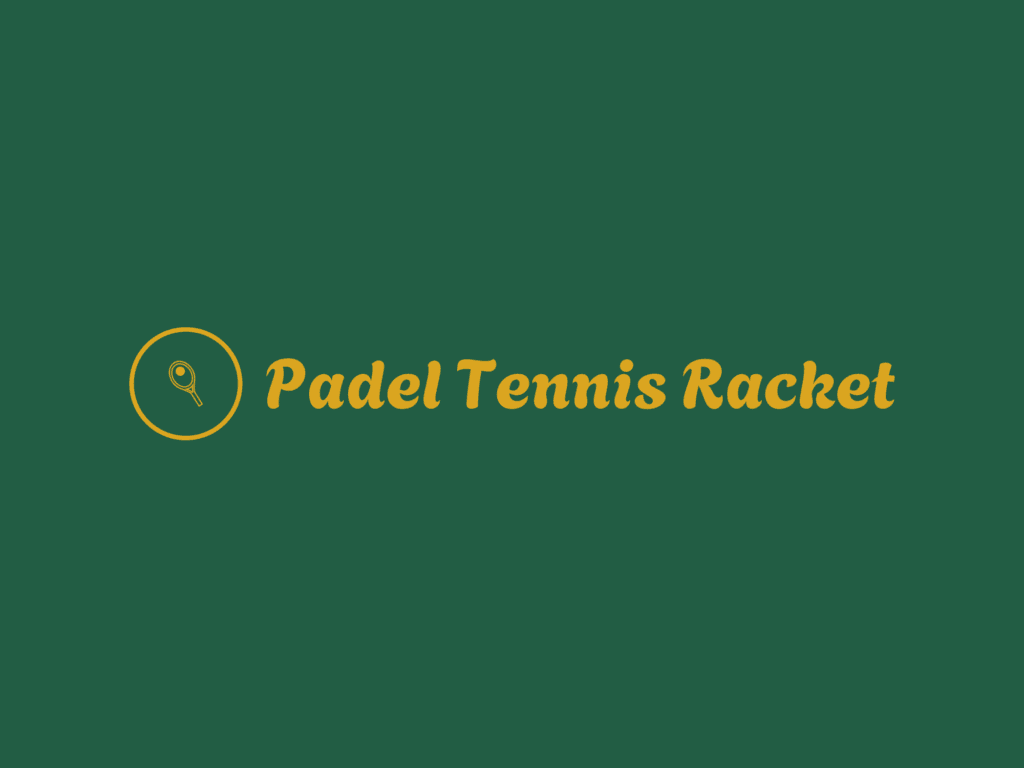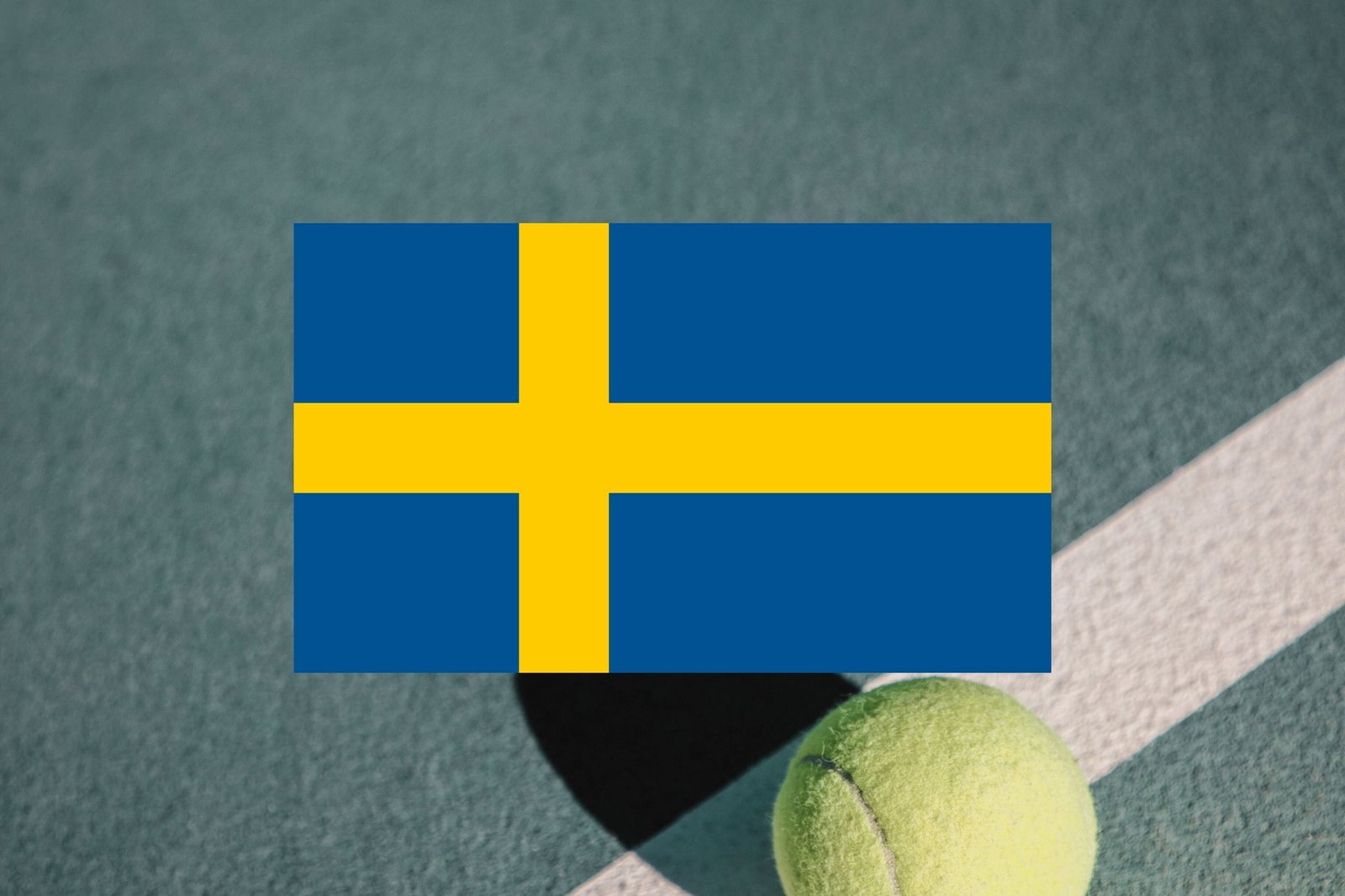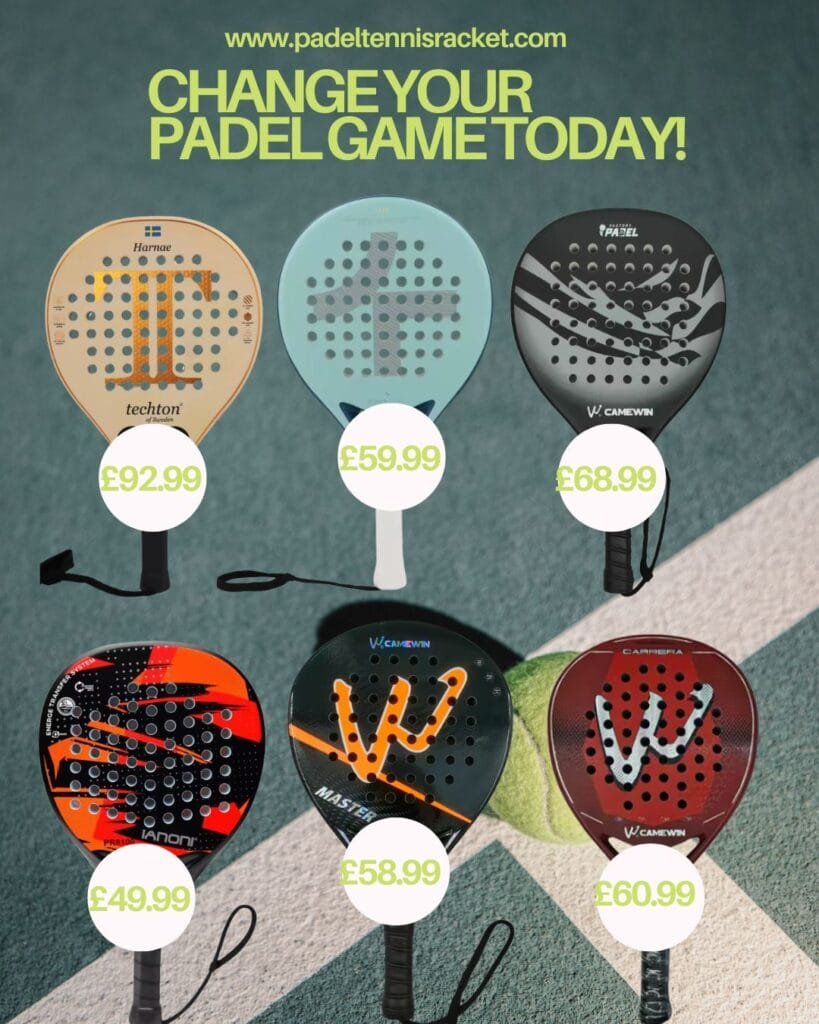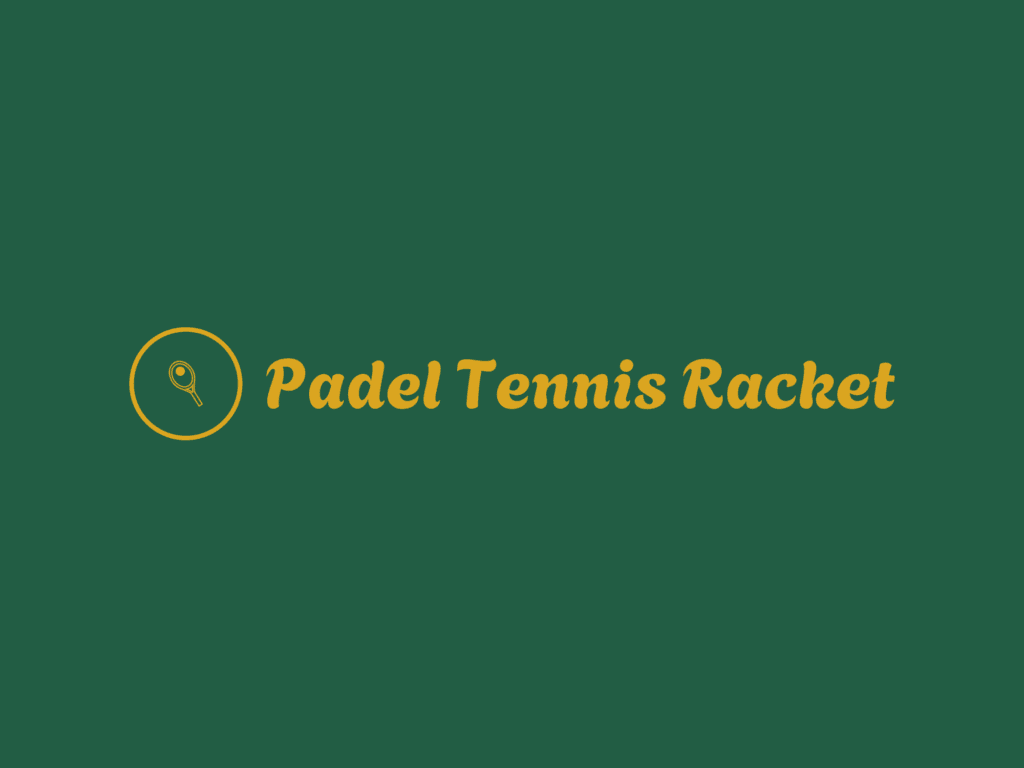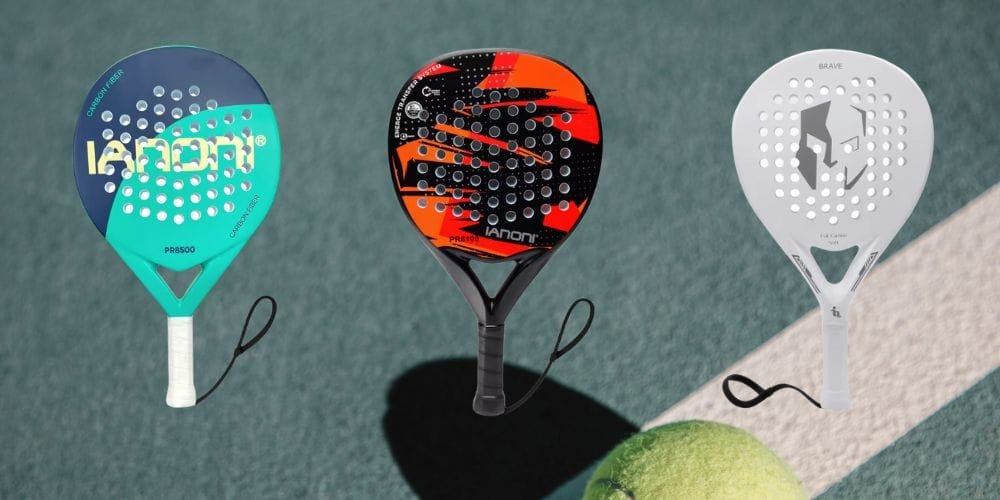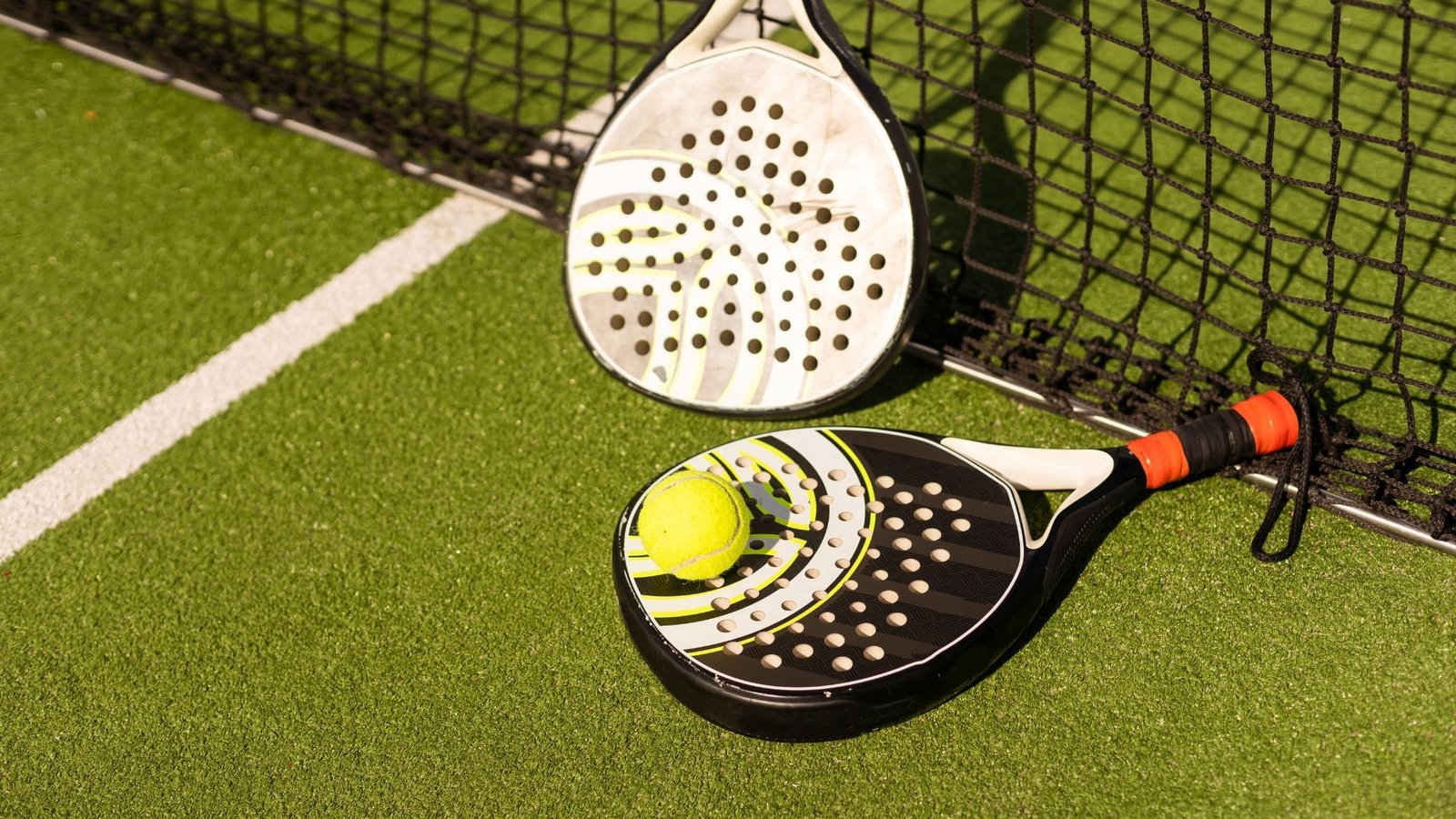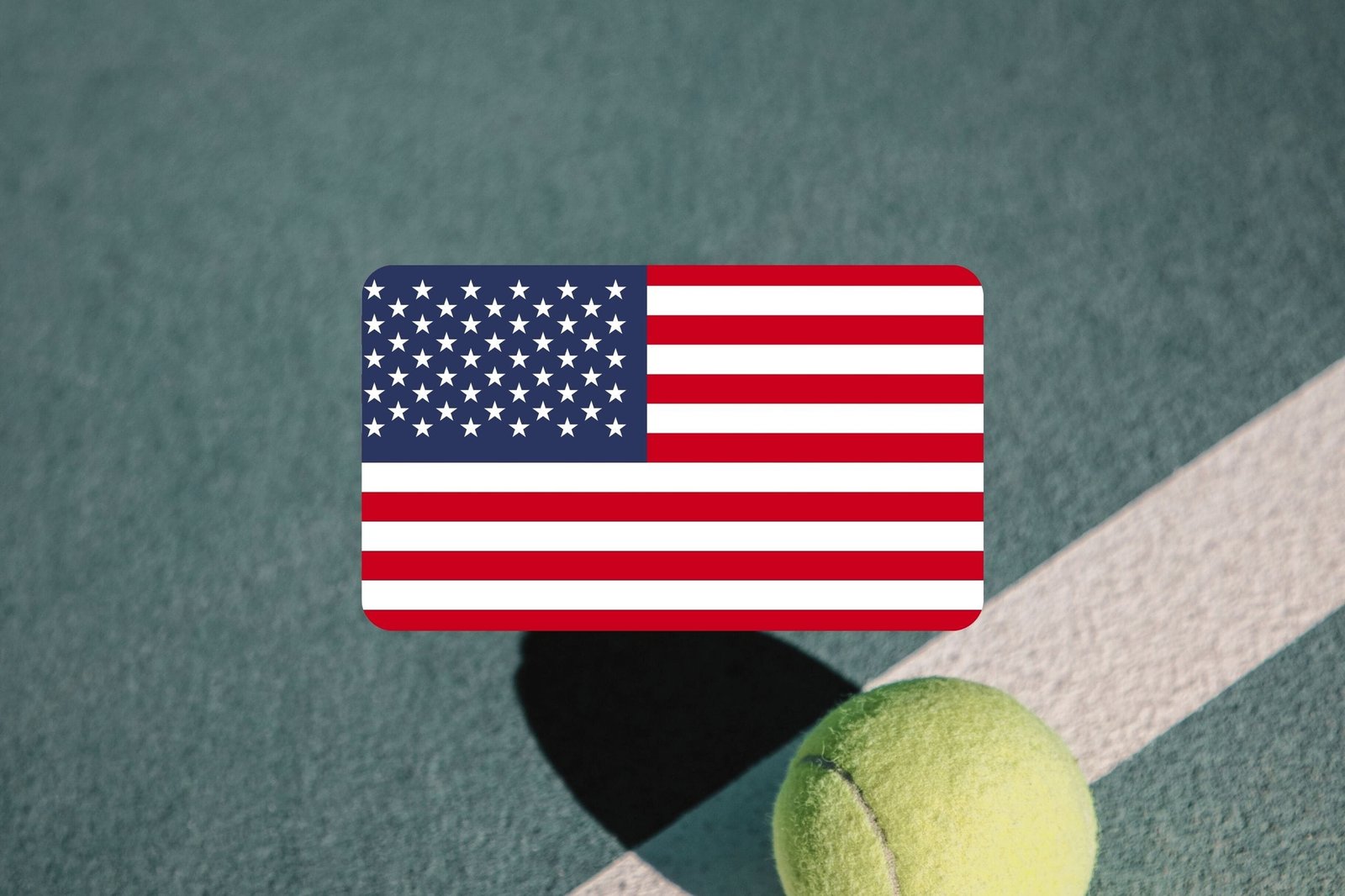
Padel is rapidly gaining popularity across the United States. What was once considered a niche sport is now emerging in major cities with new courts, clubs, and tournaments appearing regularly. With this growth comes a high demand for skilled coaches. If you’re passionate about the sport and love teaching, becoming a padel coach in the USA could be the perfect career path.
In this article, we’ll walk you through the key steps to become a certified, confident, and successful padel coach in the USA.
1. Understand the Role of a Padel Coach in the USA
Being a padel coach in the USA means much more than feeding balls and running drills. Coaches are responsible for introducing the game to beginners, improving player performance, and growing the sport in their communities. It requires strong technical knowledge, effective communication, and an ability to coach players of all levels, from first-timers to competitive athletes.
A great padel coach in the USA is also an ambassador for the sport, often involved in organizing local leagues, mentoring juniors, and educating the public about padel’s unique blend of tennis and squash.
2. Develop Your Own Playing Experience
Before teaching others, it’s important to develop your own skills as a player. While you don’t have to be a professional athlete, most reputable programs and employers will expect you to have a solid understanding of technique, strategy, and on-court movement.
Spend time playing regularly, joining clubs, and entering tournaments. Watching elite matches from the World Padel Tour can also deepen your tactical understanding. Your personal playing experience will directly influence your credibility and effectiveness as a padel coach in the USA.
3. Seek Formal Coach Education and Certification
Currently, there is no single national governing body for padel in the United States, but two organizations lead the way in coaching certification:
- The United States Padel Association (USPA)
- The International Padel Federation (FIP)
These bodies offer coaching courses designed to prepare you to become a padel coach in the USA. The USPA offers foundational courses that cover instructional techniques, player development, and coaching ethics. Meanwhile, international programs like the FIP’s certification are globally recognized and respected.
Start with an introductory level and aim to progress toward advanced coaching qualifications if you plan to work with competitive players or manage full coaching programs.
4. Get CPR and First Aid Certified
To work at most clubs or with youth programs, a padel coach in the USA must have up-to-date CPR and First Aid certification. This ensures player safety and is often a legal requirement for insurance purposes.
Courses are widely available through the American Red Cross or local health providers and typically take just a few hours to complete.
5. Gain Hands-On Coaching Experience
Experience is essential. To become a trusted padel coach in the USA, start by assisting at local clinics, volunteering in youth programs, or offering lessons to friends and family. As you gain confidence, move on to running beginner classes or co-coaching at a club.
This early stage is a great time to test your coaching style, learn to manage different personality types, and start building a local reputation.
6. Work at a Club or Start Your Own Business
There are two main career paths for a padel coach in the USA:
- Join an established club or academy: Many facilities, especially in states like Florida, California, and Texas, are seeking trained padel coaches. These roles often provide a steady income, access to facilities, and a ready-made client base.
- Go independent: If you prefer flexibility, you can launch your own coaching business. This allows you to set your own schedule and rates. You’ll need to market yourself, manage bookings, and build relationships in the local community.
Regardless of the path you choose, professionalism, consistency, and quality instruction are the keys to success as a padel coach in the USA.
7. Build Your Brand and Online Presence
In today’s world, visibility matters. A successful padel coach in the USA needs more than coaching skills, they need a brand. Create a simple website or social media profile where people can find you, see your qualifications, read testimonials, and book sessions.
Sharing video tips, match analysis, or highlights from your sessions can help attract new clients and showcase your expertise.
8. Keep Learning and Growing
Padel is evolving quickly, and a top padel coach in the USA stays on top of the game. Continue attending coaching workshops, following international tournaments, and learning from peers and mentors.
Consider expanding your knowledge into related areas like sports psychology, physical conditioning, or injury prevention to round out your coaching abilities.
Conclusion
If you’re passionate about padel and enjoy helping others improve, there’s never been a better time to become a padel coach in the USA. The sport is growing, the opportunities are expanding, and coaches who act now can become pioneers in their region.
With the right mix of playing experience, formal training, and a willingness to keep learning, your journey as a padel coach in the USA can be both professionally and personally rewarding.
So grab your paddle, and get started today!
